If you’ve ever experienced your car jolting when you shift into the wrong gear, you realize how frustrating and potentially dangerous this can be. If you’re wondering why your car is shaking and how you can avoid it, you’ve come to the right place.
Driving a manual transmission car, car gourmets will know well, provides the most fun and rewarding driving experience. But it also requires some skill and attention, as if you’re not careful, it’s the ‘common ‘ driver’s problem.their car jerking or misfire when changing gearsYou can experience the situation.
causing an uncomfortable driving experience, reducing fuel efficiency and damaging your engine/transmission over time this is really frustrating. There are several reasons for this frustrating situation, the obvious of course being the wrong gear. Let’s talk about it, then we will come to other reasons and measures.
Let’s answer our main question first: Why do we shake when we put the car in the wrong gear?
The jolts caused by shifting the car into the wrong gear can damage the engine and other mechanical components. caused by overload. The car has multiple gears designed for different speeds and torques, and the correct gear selection ensures efficient movement of the car. However, shifting into the wrong gear can cause overload due to the wrong ratio of speed and torque in the engine.
For example, if a gear that does not match the speed of the vehicle is selected while the car is slowing down and the driver is pulling the clutch pedal to shift to the next gear, the torque in the engine increases unnecessarily. This excess torque causes gear and other mechanical components in the engine and transmission. to overload causes. This can cause the vehicle to shake or even damage it.
Therefore, it is important to shift into the correct gear while driving. Each car comes with an owner’s manual that determines which gear is best suited for which speed and torque ranges. If you accidentally shift into the wrong gear and don’t shift right away You may experience serious malfunctions.
What are other common causes of car shaking when shifting gears?
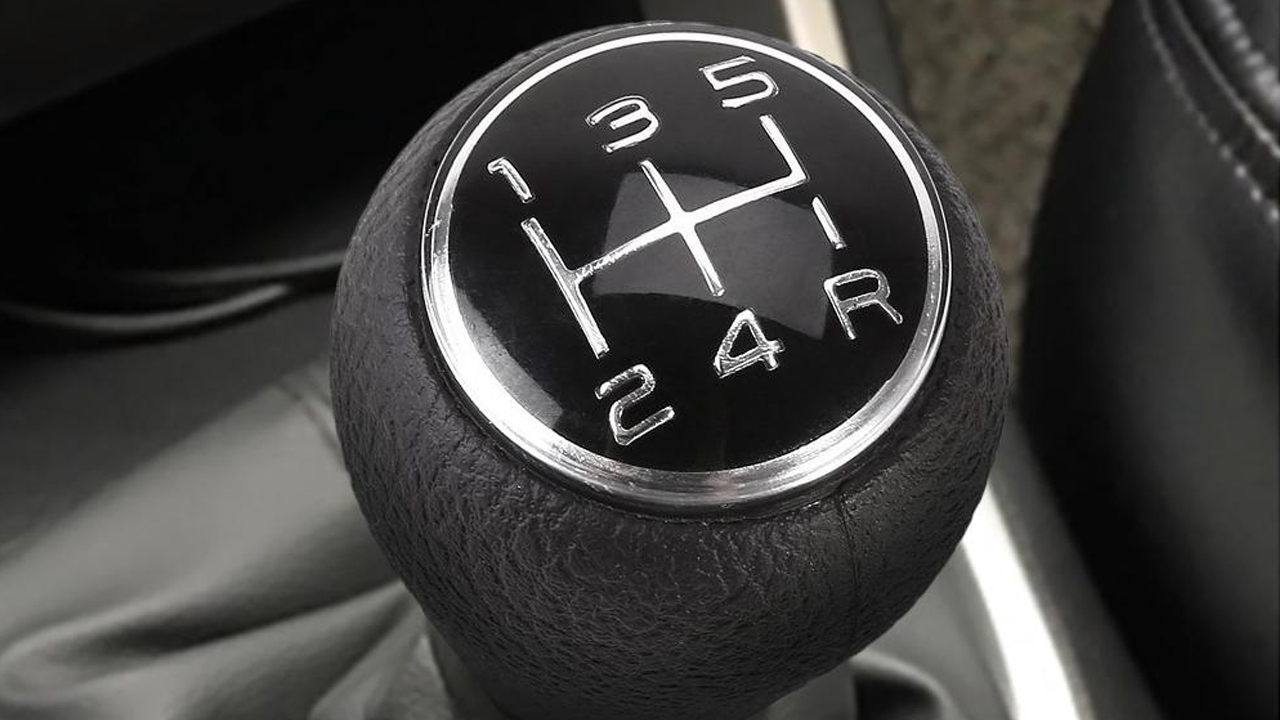
There are many reasons why your vehicle may jerk when shifting, other than shifting into the wrong gear, but they can all be summed up in one point: mismatch between engine speed and transmission speed.
When you shift gears, the engine speed is matched with the speed of the transmission. You need to sync. If you shift too early or too late, or if you release the clutch too fast or too slow, you will create a sudden change in torque, causing your car to jerk.
Apart from this main reason, there are several reasons for your vehicle to shake while shifting gears. Let’s take a look at them together:
Worn or defective spark plugs
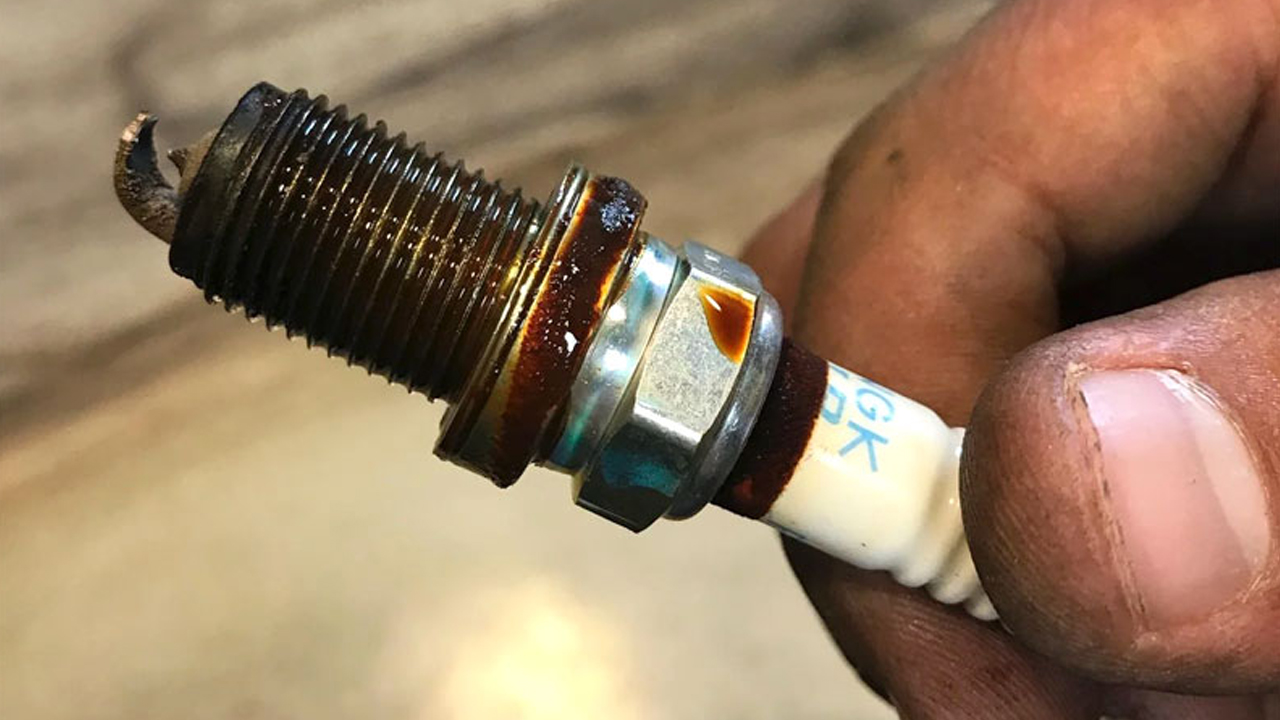
Spark plugs are small devices that create sparks to ignite the fuel-air mixture in engine cylinders. If worn or defective They can cause misfire, causing your engine to run unevenly and jerk when shifting gears. You should replace your spark plugs every 48,000 kilometers on average or according to your manufacturer’s recommendations.
Clogged or dirty fuel injectors
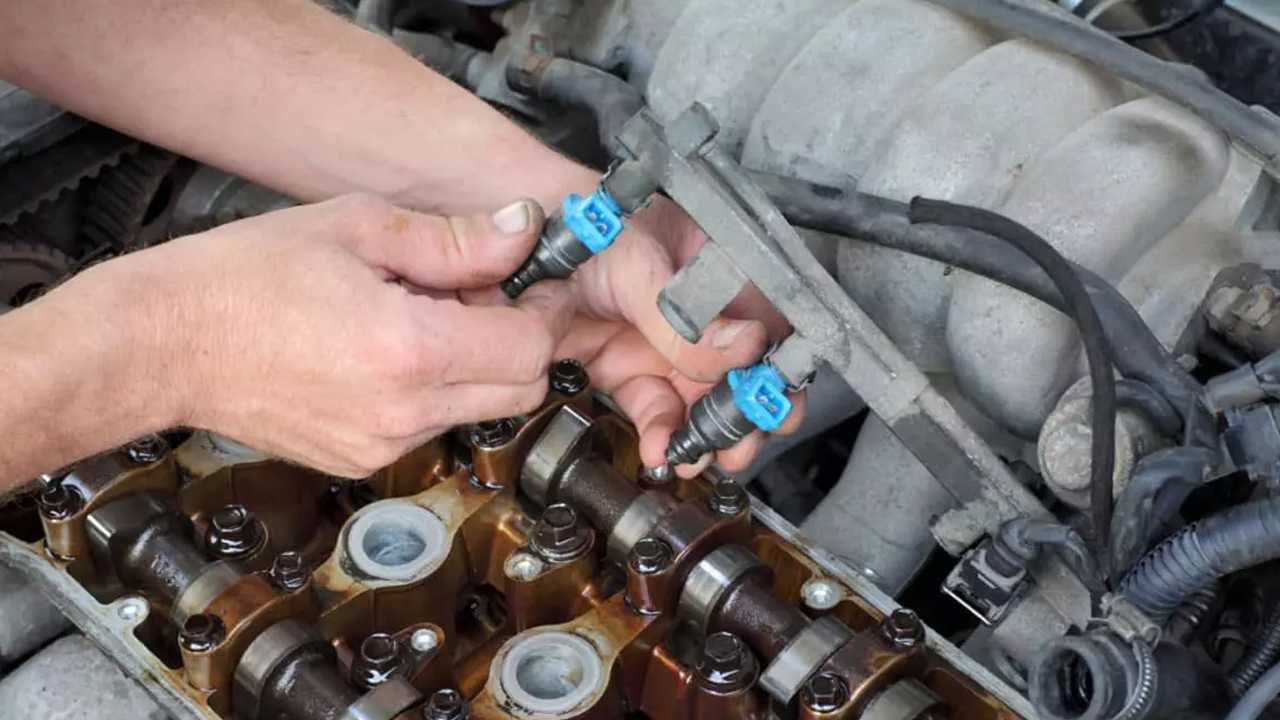
Fuel injectors are devices that inject fuel into your engine cylinders in a precise amount and timing. If it is clogged or dirty to disrupt the combustion process of the engine and cause jerking or misfire when shifting gears. they can deliver too much or too little fuel. You should have your fuel injectors cleaned or replaced every 80,000 kilometers or according to your manufacturer’s recommendations.
Low transmission fluid level or dirty transmission fluid
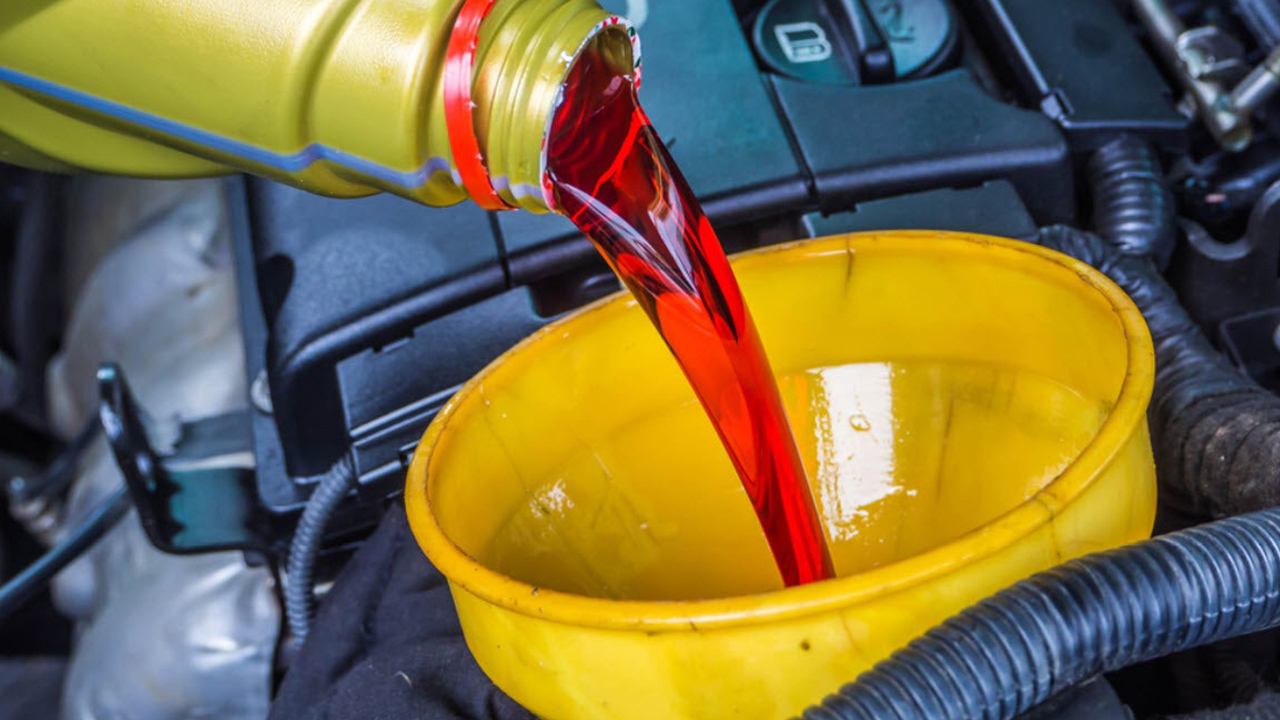
Transmission fluid is a lubricant that helps your transmission components run smoothly and efficiently. If your transmission oil level is low or dirty may cause your gears to slip or squeak, causing your vehicle to jolt or shake.
You should regularly check your transmission oil level and 48,000 You should have it changed every mile or according to your manufacturer’s recommendations.
Defective clutch components
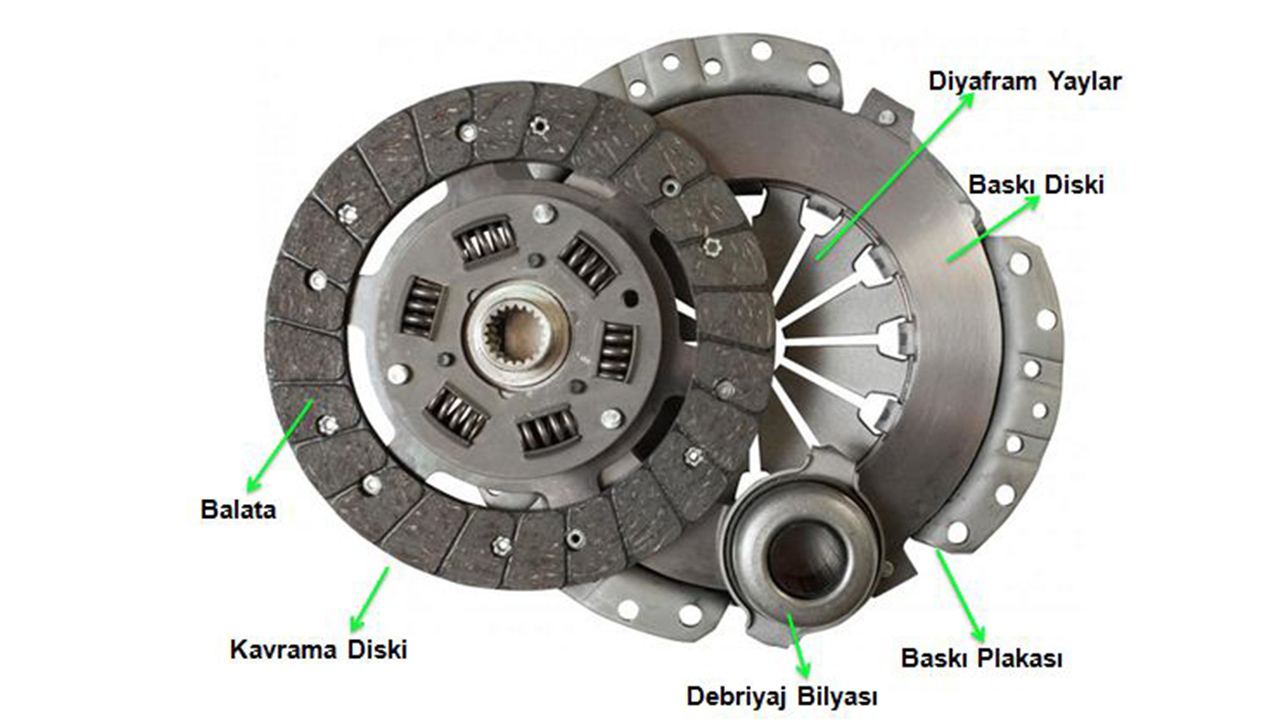
(Photo: Automobile Technology)
The clutch system includes the clutch pedal, clutch disc, pressure plate and flywheel. Any of these components if it is worn or damaged It can cause your clutch to slip, clutch or squeak, causing your car to jolt or vibrate when shifting gears.
You should have your clutch components checked and, if necessary, every average 80,000-160,000 mileage or according to your manufacturer’s recommendations.
Defective engine or transmission mounts
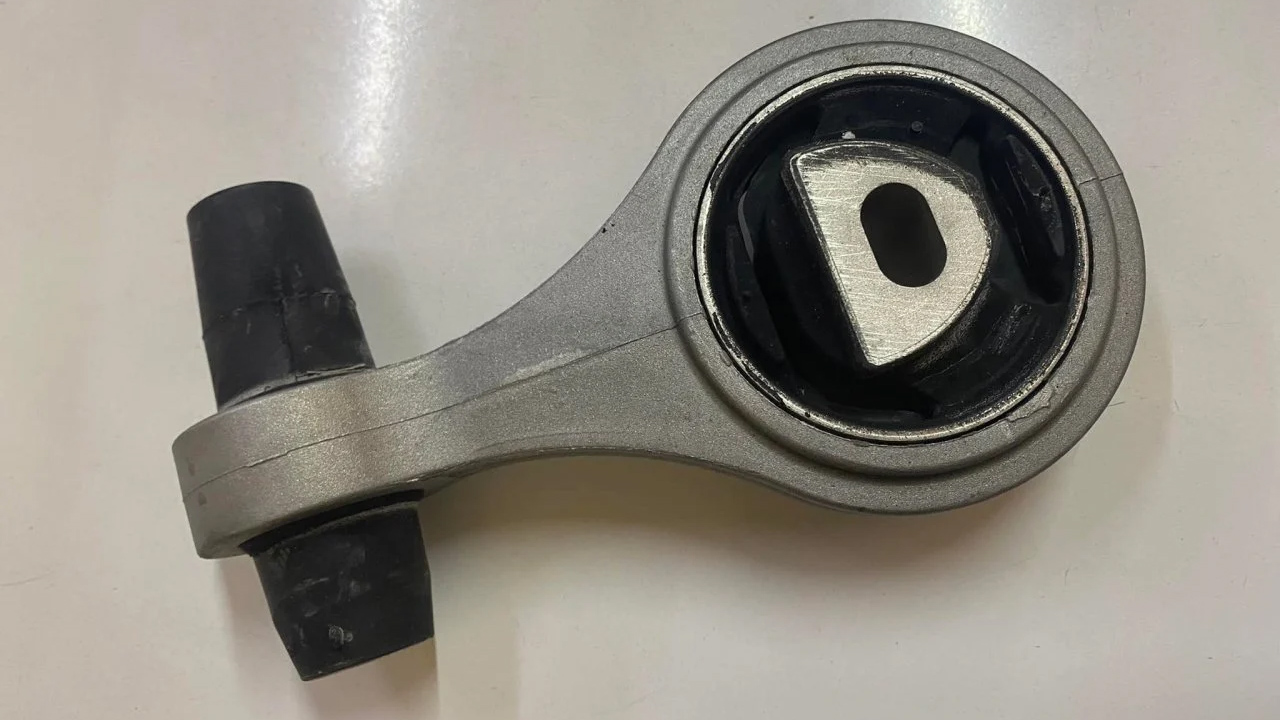
Engine and transmission mounts are rubber or metal brackets that hold your engine and transmission in place and absorb their vibration. Any of these wedges if it breaks or wears out may cause your engine or transmission to overdrive, causing your vehicle to jerk or wobble when shifting.
You should have your engine and transmission mounts checked and, if necessary, every average 160,000 mileage or according to your manufacturer’s recommendations.
What should you do to change gears without shaking the car?
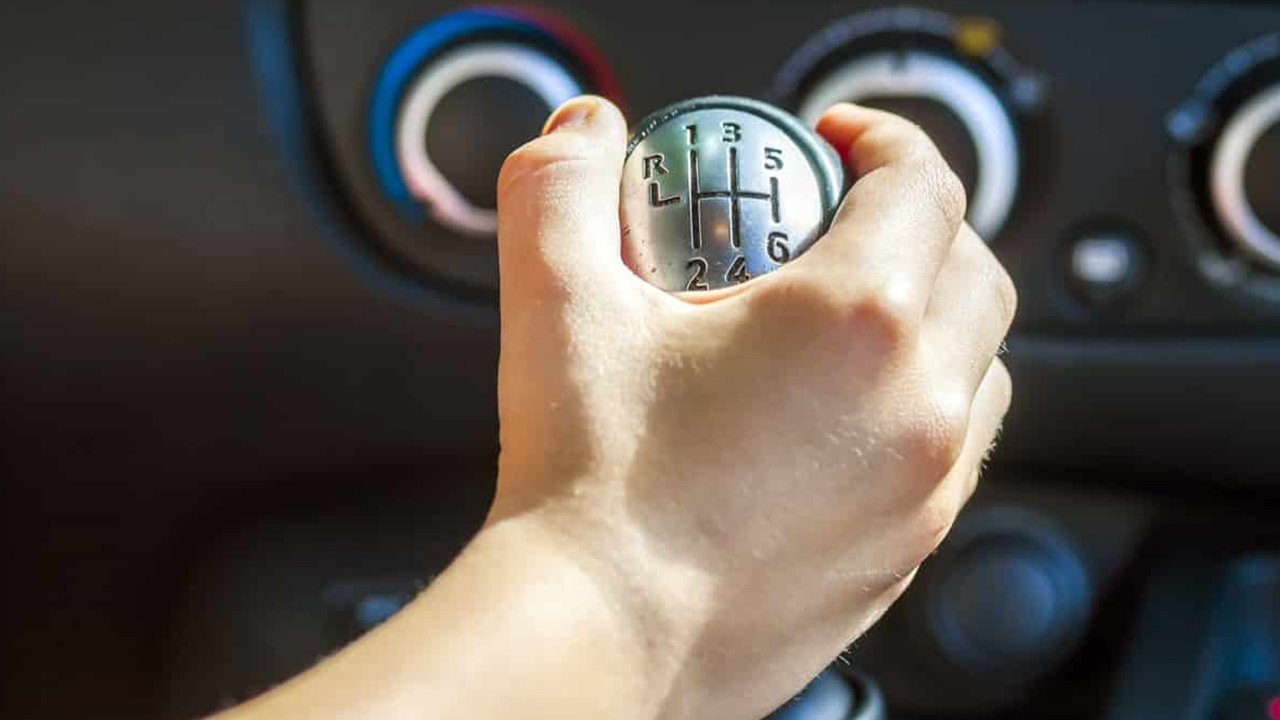
The best way to avoid jerking when shifting gears is to make smooth and precise gear shifts. Here are some tips to help you do this:
Pay attention to your revs and speed.
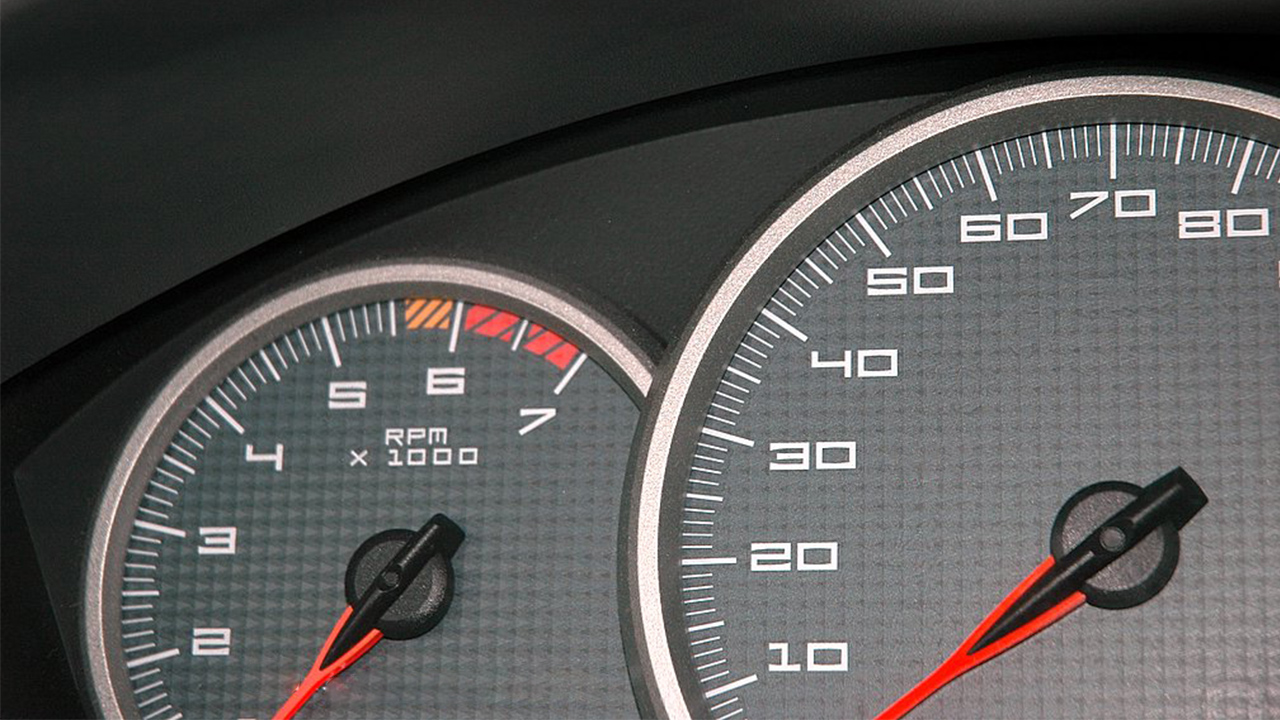
to help you determine when to shift gears. your tachometer (indicator showing your revolution) And speedometer needle (Indicator showing KM/H) you can use.
A general rule of thumb upshift when it reaches about 2500-3000 and cycle It is downshifting when it drops below 1500-2000. However, this may vary depending on your vehicle model, driving conditions and personal preference.
Use the clutch pedal correctly.
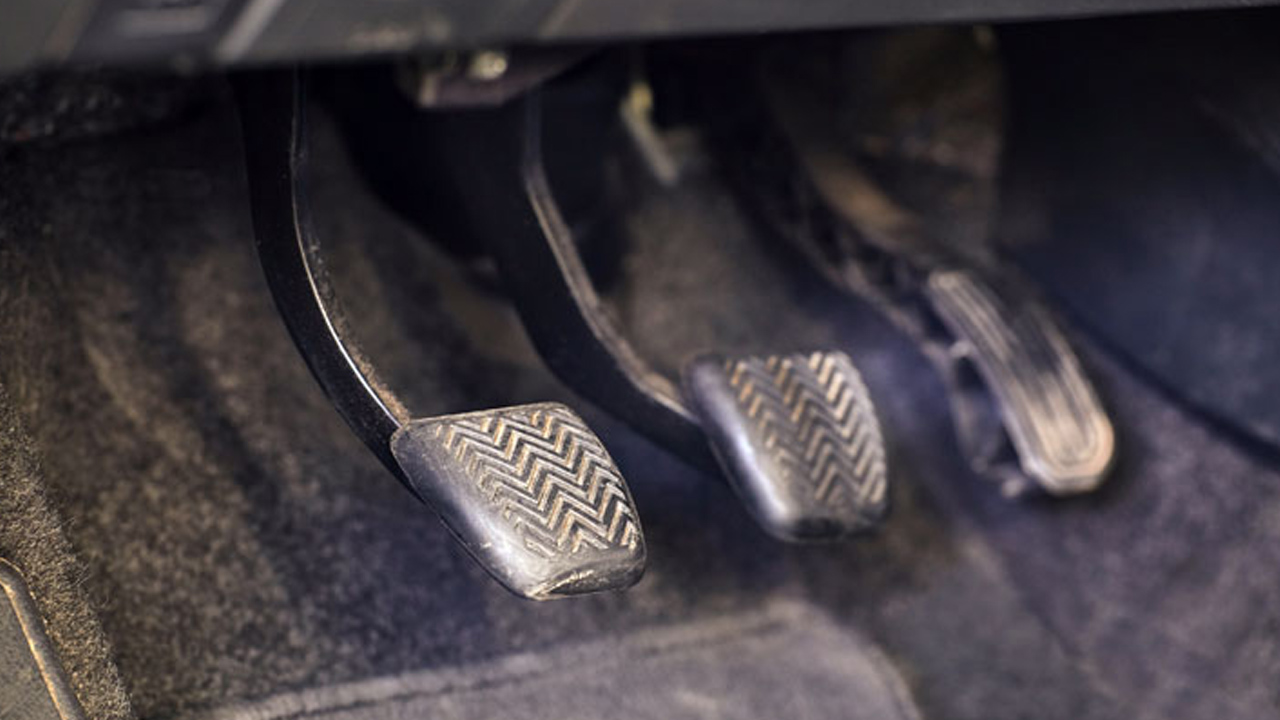
When you depress the clutch pedal, you should do it smoothly and completely until you reach the ground. When you release the clutch pedal, gradually and gently until it returns to its normal position. you should. Do not release the clutch pedal too fast or too slow; this will cause jerking or misfire.
Match engine speed and transmission speed.
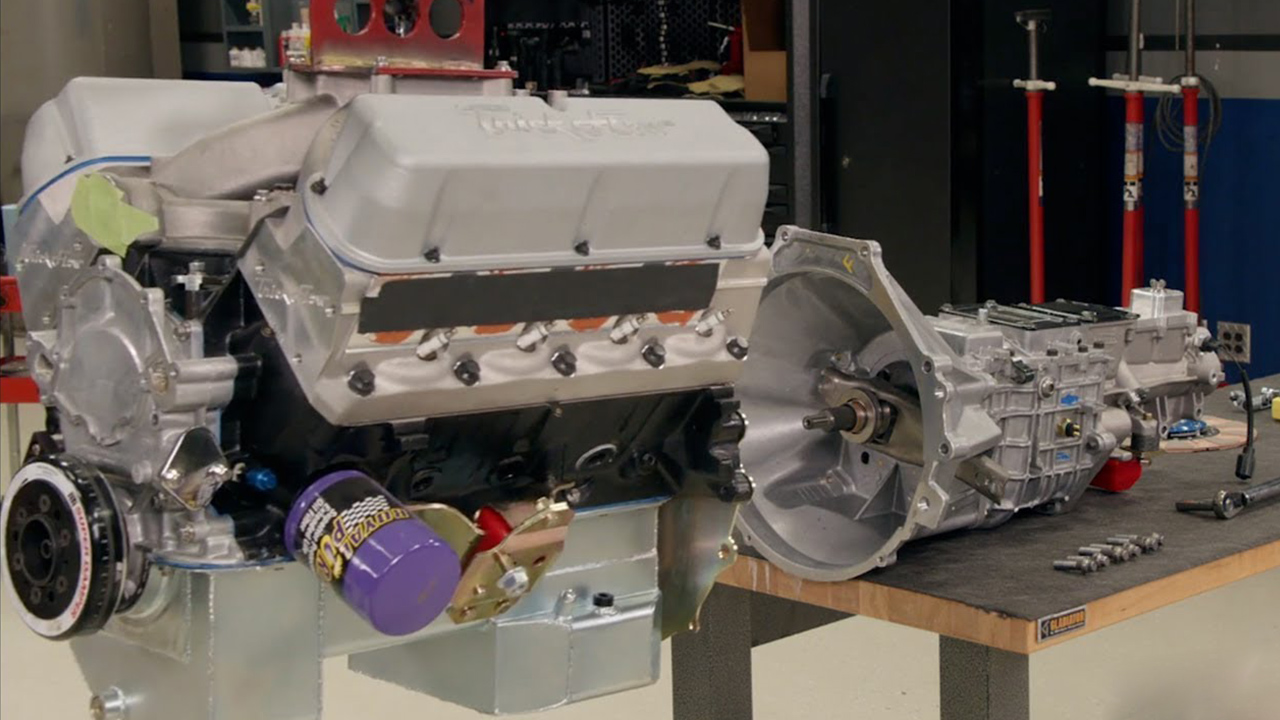
When you shift gears, you must adjust the engine speed to match the transmission speed of the new gear. This accelerator pedal You can do it using
When you shift up, Before depressing the clutch pedal, you need to lower the engine speed by loosening the accelerator pedal a little. must. When you downshift, Before pressing the clutch pedal, you must increase the engine speed by lightly depressing the accelerator pedal.. This will help you achieve a smooth transition between gears.
Sometimes when you shift gears even if you follow these tips your car may still shake, which indicates a problem with your transmission or other components of your vehicle. There, it would be useful to take a look at the problems in our first sub-title again.
As a result, jerking or misfire when shifting can be frustrating and dangerous, but preventable with proper driving techniques and maintenance and can be corrected. By following our tips you can prevent these problems and extend the life of your transmission and engine.
RELATED NEWS
How to Use an ‘Automatic Gear Car’, which can cause great expenses in case of damage to the gearbox?
RELATED NEWS
What is Semi-Automatic Gear? What is the Difference from Fully Automatic Gear?
RELATED NEWS
What Happens To Us If We Drive The Car In The Wrong Gear?
RELATED NEWS
How Do Manual Gear Cars Without Clutch Pedals Work? Yes, There Is Such A Thing…
RELATED NEWS
